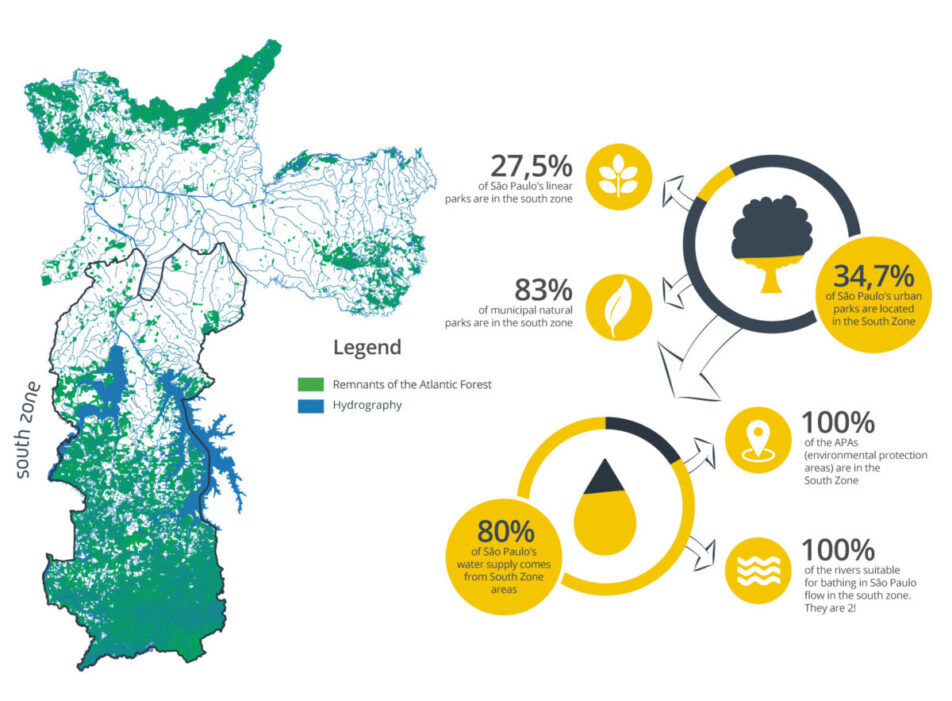
- Home
- Who we are
- Initiatives
- 2023
- 2022
- 2021
- 2020
- 2019
- Acreditar
- Capão’s Citizen Association
- CENEP
- ClareArt Association
- Dreaming Project Institute
- Interference
- Nursery Walk With Love is the Solution
- Organic Outskirts
- Panthers’ Productions Collective
- Sementinha Project (Little Seed) – Year 5
- Stitch to Stitch Collective
- The Story Finders Collective
- Untangle and Don’t Fool Me Collective
- 2018
- 2017
- 2016
- 2015
- 2014
- Partners
- Network and Territory
- Transparency
- Publications
- Make a donation!
Why we chose the Southern
Outskirts of São Paulo
Besides being geographically close to ABH Foundation, the southern outskirts of São Paulo is a region of great contrasts, with high social vulnerability rates but, on the other hand, with a great abundance of human and natural resources that provide an enormous potential for transformation and development. The high population rate brings challenges to growth and access to opportunities. It also offers us fertile ground to work with creative and committed people to transform the local reality into partnerships on behalf of the community. In no other territory we visited, in São Paulo and other cities in the country, have we seen such cooperation and synergy among local actors, reflecting on the number of collectives, cultural events, and solidarity economy that are unique in the region.

Population Density
Brazil has a population density of 23.6 inhabitants per km2, while in the city of São Paulo, the index is 7,398 inhabitants per km2. One of the high-density results is the slums, the lack of public services that serve the whole population with quality, and the lack of necessary infrastructure.

Favelas and Settlements
The metropolitan area has 2 million people, equivalent to 11% of the population, living in favelas and other irregular settlements. About 95% of households in favelas are responsible for earning between zero and three minimum wages, compared to 68% in the city’s general population.

HDI and Public Services
The city of São Paulo has an HDI (human development index) of 0.805, considered high about other Brazilian cities. However, when evaluating the 96 districts of the city, 6 out of the 20 worst areas being assessed are in the south zone.

Number of CSOs
Of the 820* thousand CSOs (Civil Society Organizations) mapped in Brazil, 46,359* are in the city of SP, approximately 15% of them on the southern outskirts of the town.

*This number includes only legally constructed organizations
Rural Area
It may seem unlikely, but São Paulo, the country’s largest metropolis, still has many rural areas. Of its 10 million inhabitants, at least 621 thousand live in the “countryside” within the city limits. It is a considerable number, equivalent to the entire population of São José dos Campos/SP.

Green Lung
The quality of the air we breathe in the capital depends on two forests that are at the southern and northern ends of the city. The Serra da Cantareira to the north and the Parelheiros and Engenheiro Marsilac woods to the south are the two sets of trees that represent almost half of the vegetation cover of the city. They are the green lungs of São Paulo.


